Dental cavities/dental caries
Dental cavities also called dental caries are holes formed in the teeth due to dental decay.
Causes of dental decay
Tooth decay is a common problem seen in the majority of the people. It is a dental disorder that occurs in children, teenagers, and adults. It affects everyone. It is a major problem that may also lead to tooth loss.
Our mouth is full of bacteria. Some bacteria are good for the mouth and some may spoil your oral health. These poor bacteria inside the mouth occur when the food containing sugar changes into acid.
These acids in the mouth convert into sticky biofilm substances called plaque that can affect the teeth. Plaque sticks the teeth and combines to form tartar also called the tartar. It is mostly seen in back teeth, near the gum line, and at the edges of fillings.
Untreated plaque and tartar may cause irritation in the gums and result in gum infection.
It does not take much time for the plaque to stick on the teeth. It takes 20 mins after eating for the plaque to grow.
The poor acids in the plaque damage the enamel of the teeth and also gives birth to dental decay called cavities. It creates holes in the tooth. In the beginning, these cavities do not hurt at all, but as the cavities convert into larger holes it starts affecting the root canal and causes major toothache.
Untreated cavities can also spoil the pulp of the tooth. Hence, it requires dental surgery or treatment.
Sugar and starches are the open keys to the formation of tooth decay. Food with the sticky substance increases the risk of tooth decay and it is more harmful than non-sticky food.
Symptoms
There may be no symptoms for cavities.
But if you notice such things like,
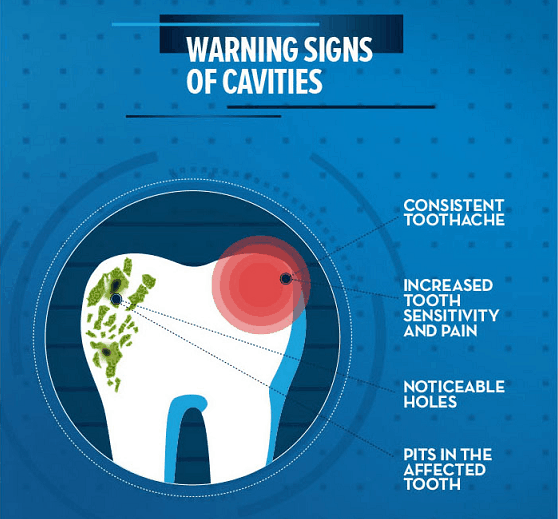
- Tooth pain or ache is felt after having a cold or hot drink.
- If you notice any holes in the teeth.
Exams and Tests
Cavities can only be cured by the dentist. It is better to see a dentist at the early stage to cure the decay.
Before carrying any treatment dentist firstly take a routine checkup and examine the teeth. After the examination, the dentist finds out the cause for toothache.
In some cases, if symptoms are not seen through the naked eye by the dentist, dentists will recommend taking an X-ray, that will show the internal problem of the tooth.
Dental Decay Treatment
Dental treatment will help to prevent the tooth from getting further damaged by the cavities.
Cavity Treatment includes
Dental Fillings
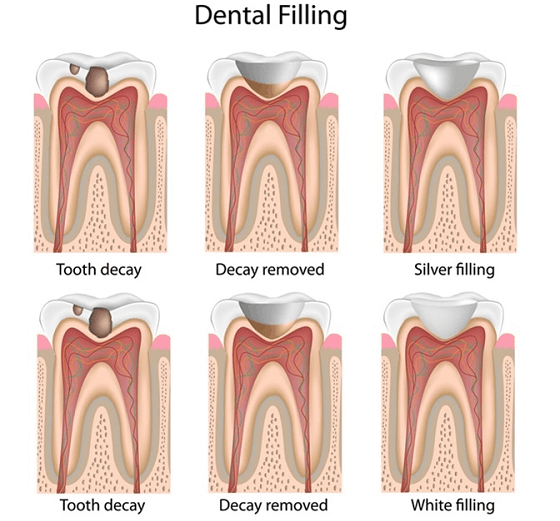
In the procedure of the filling, dentists fill the deep hole with a material that protects the tooth from further decay. The procedure of bonding the filling involves removing the cavities from the hole by using a drill and replacing it with a filling material.
Filling material comes in four types namely– composite, silver, gold, and porcelain . A composite filling is the most recommended filling material for the front teeth as it matches the natural tooth colour. For back teeth, you can opt for any filling material.
Dental Crown
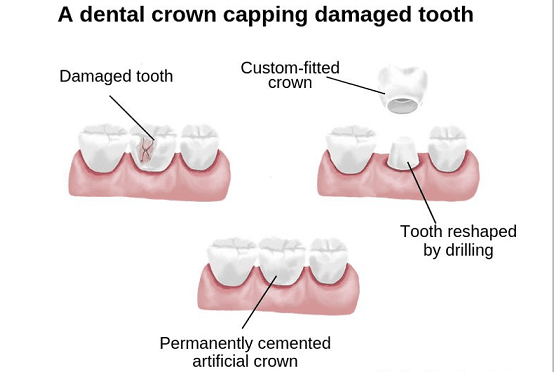
Dental crowns also called dental caps are used when the decay has extremely spoiled the tooth and its structure. It may result in the weakening of the teeth. Constant bonding of the fillings may also increase the risk of the tooth breaking.
Hence, the decayed tooth can be restored and repaired. A dental crown is fitted on the weakened teeth. Crowns come in four different materials namely– gold, porcelain, composite, and metal.
Root Canal Treatment
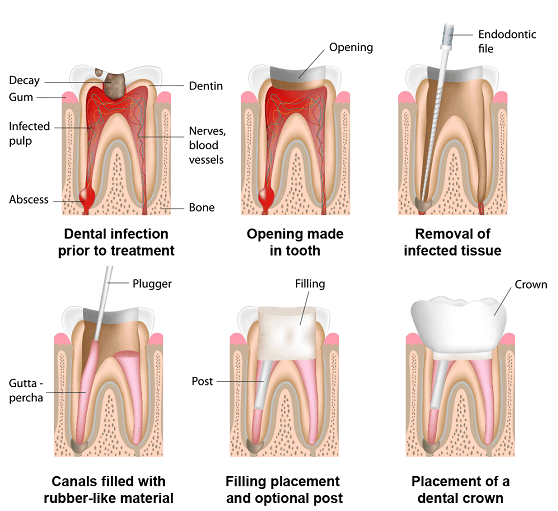
A root canal treatment is a procedure of eliminating the infected nerve from the pulp so that no harm is caused to the tooth and other sets of teeth.
Cavities that are not treated go deeper and affect the pulp of the tooth. Hence root canal treatment helps to save the tooth by removing the pulp and replacing it with a rubber-like material called gutta-percha. Lastly, the tooth is bonded with a crown.
Tooth extraction
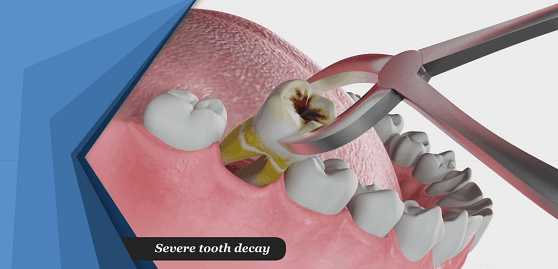
When the tooth is totally cracked or chipped due to untreated cavities tooth extraction is the only treatment left. Tooth extraction is surgical and non-surgical.
The tooth when it can’t be seen as it has degraded badly to the surface may require a surgical tooth extraction, whereas when the tooth is chipped and cracked but can be seen from the eyes may require non-surgical tooth extraction.
Outlook (Prognosis)
Post-treatment or during the treatment pain is felt as cavities are not that easy to deal with. Hence, dentists prescribe a few medicines to the patients, so that there is a relief to the pain.
When to Contact a Medical Professional?
Never wait for the loss. If your tooth starts aching book an appointment or sees a dentist immediately so that precaution before the major loss is taken. Even if you don’t have pain in your tooth, seeing a dentist for routine checkups every six months is very important.
Expert opinion
- Dr. Preethi Nagarajan Dental Director of Sabka dentist says “Dental decay occurs in the mouth when bacteria inside the mouth get attacked by the unwanted food particles, converting into poor acids that attack the tooth to form a deep hole called cavities.”

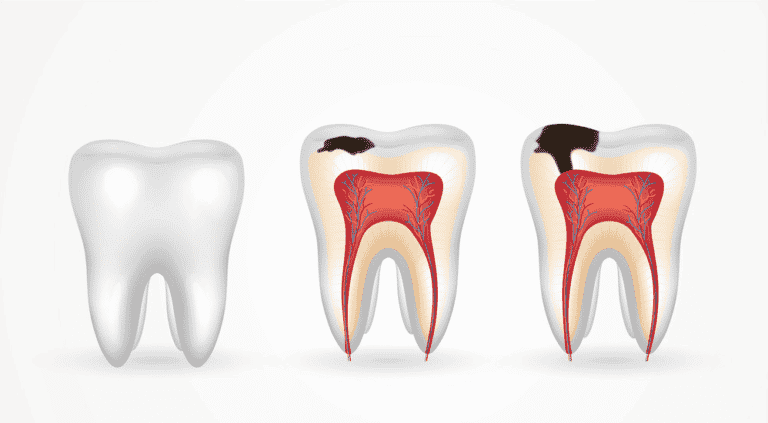









One thought on “All about Dental Decay”
What is the cost for filling at your dental clinic in mumbai